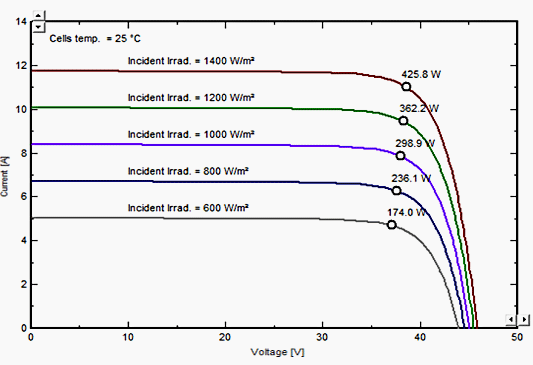Lenders are calling for regulatory reforms in the Indian solar power sector, hoping that financial sense may soon prevail among the project developers who have been pushing tariffs to unsustainable levels in the competitive auctions.
The Indian government must consider switching to a fixed feed-in tariff regime for the solar power sector as is in practice for all other renewable energy sectors, officials of India’s Yes Bank have told Bloomberg. Current tariffs derived through reverse auctions have been pushed to levels where projects would lose viability, the officials added.
The fears about excessive competition in the solar power sector have been voiced ever since the landmark national solar mission was launched through competitive bidding. Since then, the fears have only grown as several states have implemented similar reverse auctions.
While the Central Electricity Regulatory Commission (CERC) issues tariff regulations for all renewable energy technologies including solar photovoltaic and solar thermal power every year, these regulations are not binding upon the state governments, which can choose their own method of project allocations.
Such has been the competition in the solar power auctions that project developers have offered discounts of more than 50% over the base tariff on offer. The recent auctions have seen developers offering to sell solar power at prices similar to the price of coal-based power.
Such cut-throat competition has forced some developers to even forfeit the projects they had secured in auctions as it made no financial sense to pursue them further. Lenders, especially Indian financial institutions, thus see such projects as investment risks.
The CERC has reduced solar PV tariffs by about 15-20% every year over the last five years. There are indications that this reduction would not be as steep over the next few years. In fact, tariffs of solar thermal power projects have actually started to increase marginally over the last couple of years.
Interestingly, Gujarat, the state with the largest installed capacity in the country, has never conducted an auction to allocate solar power projects. Every single large-scale solar power project operational in Gujarat today was allocated to companies with a feed-in tariff for 25 years.
A new solar PV report from the IEA finds that 70% of solar PV power installed around the world in 2013 benefited from a feed-in tariff (+ 4% from a feed-in tariff plus tender), and 66% of all solar PV power capacity installed in the world at the end of 2013 benefited from a feed-in tariff (+ 2% from a feed-in tariff plus tender).








